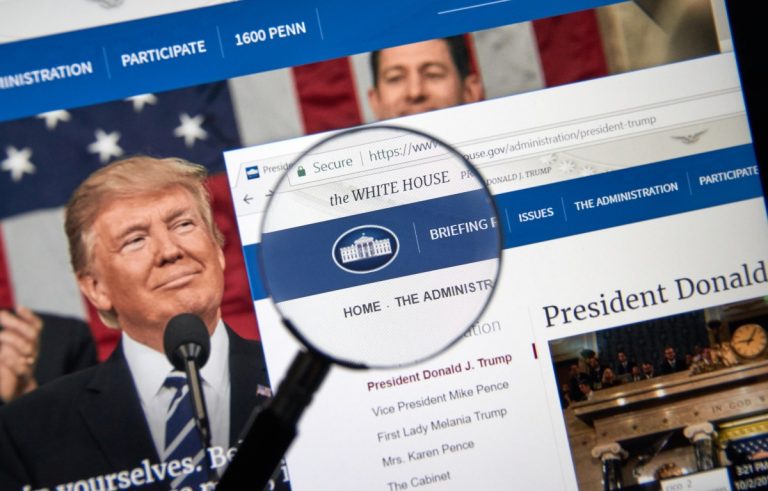
Fake news is everywhere. It was only a matter of time before it wormed its way into universities.
Carl T Bergstrom and Jevin West of the University of Washington, Seattle, were fed up with seeing misreported essays and articles in the scientific field. After much deliberation and research, they launched their course, “Calling Bullsh*t in the Age of Big Data”.
The course has made waves over the last 11 months. More than 60 different universities from all over the globe use Bergstrom and West’s materials. Their Twitter account, which often receives submissions of fake news found by students, has gained more than 7,000 followers.
“We actually kind of broke some of the university rules by releasing the course on the web before it was approved,” said West, speaking to The University Times. “But our university has been quite supportive of it. They did allow us then to make it official and we made it a course.”
The 160 seats filled within one minute, with students from approximately 40 different majors across campus.

Source: GIPHY.
Donald Trump’s election acted as a catalyst for the course, although the motion had begun before the election.
The particular focus of the program is to fight fake news within scientific literature. The pair both teach within the scientific field: Bergstrom as a biologist and West as an information scientist.
“For the last couple of years we’ve been sending emails back and forth of things [misinformation] that we find in our professional lives, things in scientific literature and also in our everyday lives,” West told The University Times.
Teaching students to identify fake news
While the pair are relatively easily able to identify fake news, they recognised their students may not be.
“As much fun as Carl and I have with the course and with the content and the case studies, we are frustrated by what we are seeing in our digital environment and how polluted it has become. So we thought, we need to teach students how to clean this up,” West told The University Times.
#calling_bull this is all due to your influence — we're running a joint unit in 11h grade chem and govt about calling bs — so cool! https://t.co/O2uCLeDSqQ
— Carolyn Thompson (@Caro_Thompson) September 23, 2017
Students on the course examine case studies, learn to spot statistical traps, and manipulate graphs.
“We tell them [students] to check their source. Who is telling you this? How do they know what they are saying? What’s their expertise? What do they have to gain from it?” West said. “We teach them a lot about how to manipulate with graphs and how to look out for some of the common mistakes.”
And it’s not just in Seattle universities are helping students navigate the world of fake news. The University of Michigan will soon run a seven-week course entitled “Fake News, Lies, and Propaganda: How to Sort Fact from Fiction.”
“We had just seen so many issues around how people were thinking and engaging with information online that it seemed like a good time to propose a critical thinking class […] about how we engage with the news online,” Jo Angela Oehri, course developer and instructor, told The University Times.
This can of course be an issue when studying, but the implications of fake news could affect students in later life too. The sharing and use of fake news not only misinforms other people, but also spreads ignorance.
Employers do check social media pages of applicants and presence of fake news can affect a candidate’s chance for employment #FactsMatterPH
— The Atheist Doctor (@AtheistDoctor) November 28, 2017
“In written assignments, we are seeing more and more cases where they [the students] are asked not just to use scholarly evidence, but they are also asked to use evidence from reliable and credible news sources, so web pages from other organisations and in-depth long-form journalism,” said Oehri.
Students are encouraged to question news sources and actively evaluate them. Oehri provides students with “a checklist of things to look for when they are looking at the news” but also with the critical thinking skills necessary on any course and in general life.
No doubt it won’t be long until this phenomenon reaches universities further afield from the US. Students and faculty alike are bound to welcome its arrival.
Liked this? Then you’ll love…
Three strategies you can use to navigate dodgy online content
Revealed: Trump’s professor thought he was his ‘dumbest student’ ever







